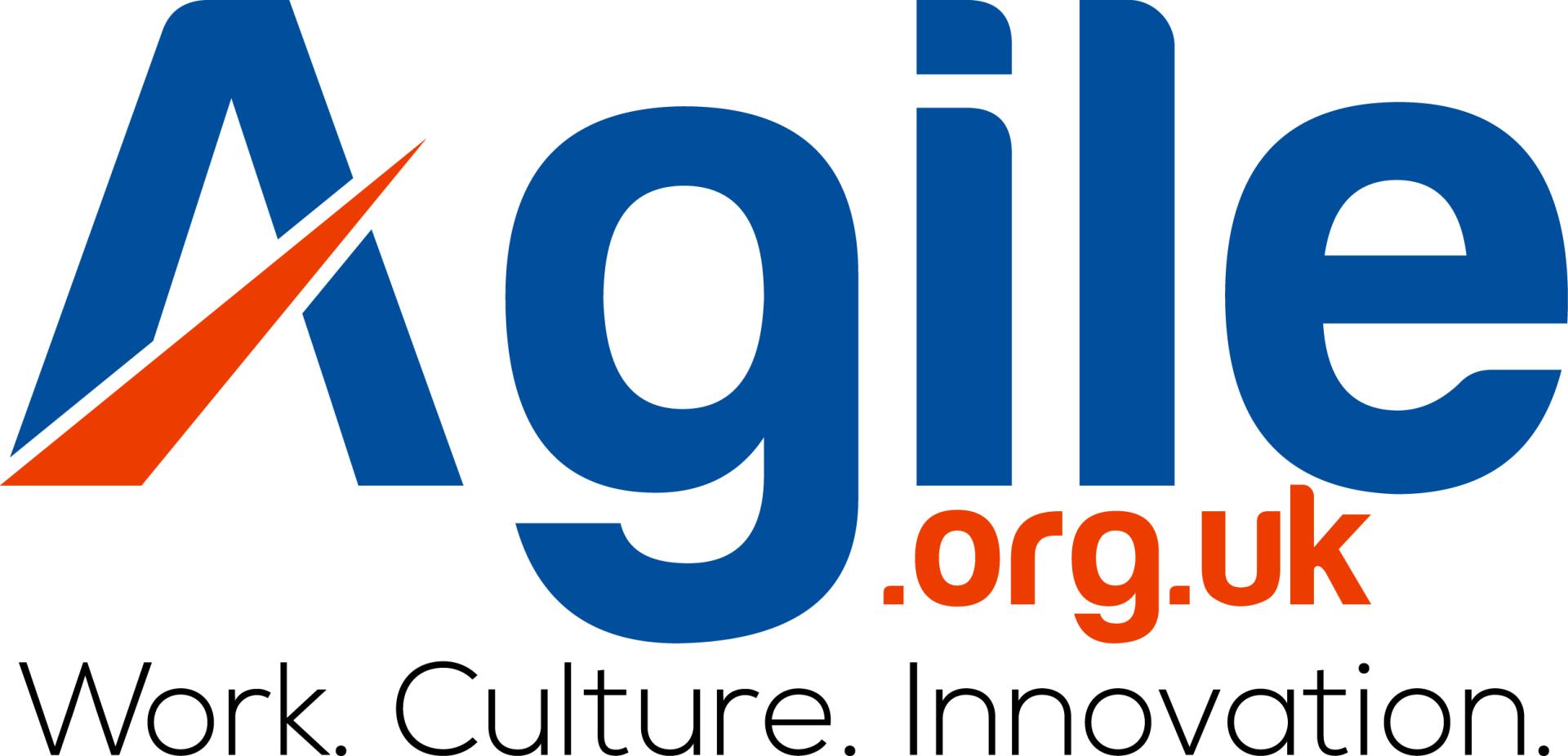When it comes to adopting agile frameworks, it’s not just your employees that are important.
Ensuring that you’ve built an environment conducive to agile thinking and working is also essential, and that’s where the agile workspace comes in.
In a nutshell, an agile workspace is one where employees feel empowered to work in an agile framework, sharing ideas and contributing to projects in a creative and open fashion.
Regular offices don’t necessarily count as agile workspaces; you need to make special provisions for this style of management in order to make sure that your workers are approaching problems and projects to the best of their abilities.
Let’s take a look at what agile workspaces are and how you can build one to help you implement this methodology effectively.
What exactly is an agile workspace?
The website WeWork.com defines an agile workspace as “a type of work environment designed around complete flexibility”.
Rather than being designed around traditional offices or cubicles, an agile workspace removes barriers and boundaries, leaving workers free to collaborate with one another and to move across the office as though there were no divisions.
You might see this type of office design in forward-thinking companies like Google, for instance, or perhaps Twitter (or X, as it’s now known).
The idea is that if you create a workplace that feels non-traditional, it will encourage your workers to interact with one another in innovative ways, thus leading to more “agile” methods for completing projects.
What elements do agile workspaces have?
Since there’s no concrete definition of exactly what an agile workspace is, there are as many different types as there are individual implementations of the agile methodology, which is to say that there are potentially infinite combinations and permutations of agile office space.
However, here are a few of the most commonly-implemented elements in agile workspaces to give you some ideas for your business.
- Open plan. Perhaps the biggest and most obvious implementation of the agile workspace mindset is an open-plan office. An office without cubicles, dividing lines, or even dividing walls is central to the agile outlook; it enables employees to communicate with each other without needing to physically cross a threshold, which flattens and democratises the office hierarchy.
- The “touchdown space”. If you haven’t heard of a “touchdown space” before, it’s effectively an area in which employees can just quickly grab a moment to write an email or complete a task. This area allows employees to get work done in quicker, smaller blocks, which in turn makes them less likely to get fatigued as the day wears on.
- “Breakout areas”. If touchdown spaces are places where employees can quickly and efficiently work, then breakout areas are zones where they can leave their computers behind for a quick coffee or some food. This can also enable them to catch up on the day’s events without being buried in a task themselves, which can provide a better sense of perspective.
- Standing desks. One of the key principles of an agile workspace is the ability to move around the office and devote attention to different tasks quickly, which is where standing desks come in. Not only do standing desks allow you to work on a task for a few moments then move on, but they also have proven health benefits and could even be a better option for a workplace than seated desks.
- A quiet zone. One of the risks of an agile workspace is that employees may feel overwhelmed, and that’s where a quiet zone comes in. This is a room that’s free of the bustle and noise of the regular office environment; it’s somewhere employees can come to be quiet, whether that’s because they need to get work done or just because they need to take a few moments for their mental health.
Hybrid working and the agile workspace
Another key element of many agile workspaces is their support for hybrid and remote working.
More and more businesses are turning to hybrid working in a post-pandemic world; businesses are allowing their employees to work in the central office just a few days a week, and some businesses only bring in employees for key meetings or at other critical junctures, leaving them free to work at home for the rest of the week.
Agile workspaces often feature provisions for hybrid working, including allowing employees to effectively work wherever in the office they like rather than restricting them to a single desk.
This can also mean that many agile workspaces adopt hotdesking as an approach.
Hotdesking refers to implementing desks that don’t belong to a single employee, essentially meaning that employees can commandeer desks whenever they happen to find themselves in the office.
This also facilitates more movement between employees, which, in turn, keeps things feeling fresh and creative.
Reasons to implement an agile workspace
Agile workspaces have many potential benefits for employees. Here are some of the reasons you may wish to consider implementing an agile workspace for your business.
- More creativity. An agile workspace emphasises creativity and movement, which could lead to increased innovation when it comes to handling projects.
- Better employee satisfaction. If employees don’t feel like they’re essentially bolted to their desks all day, they may feel better in general about their job.
- More efficient use of office space. An agile approach often means that office space is used more thoughtfully; if you’re thinking carefully about where everything should go with relation to agile frameworks, then you’ll likely have a better-planned office overall.












